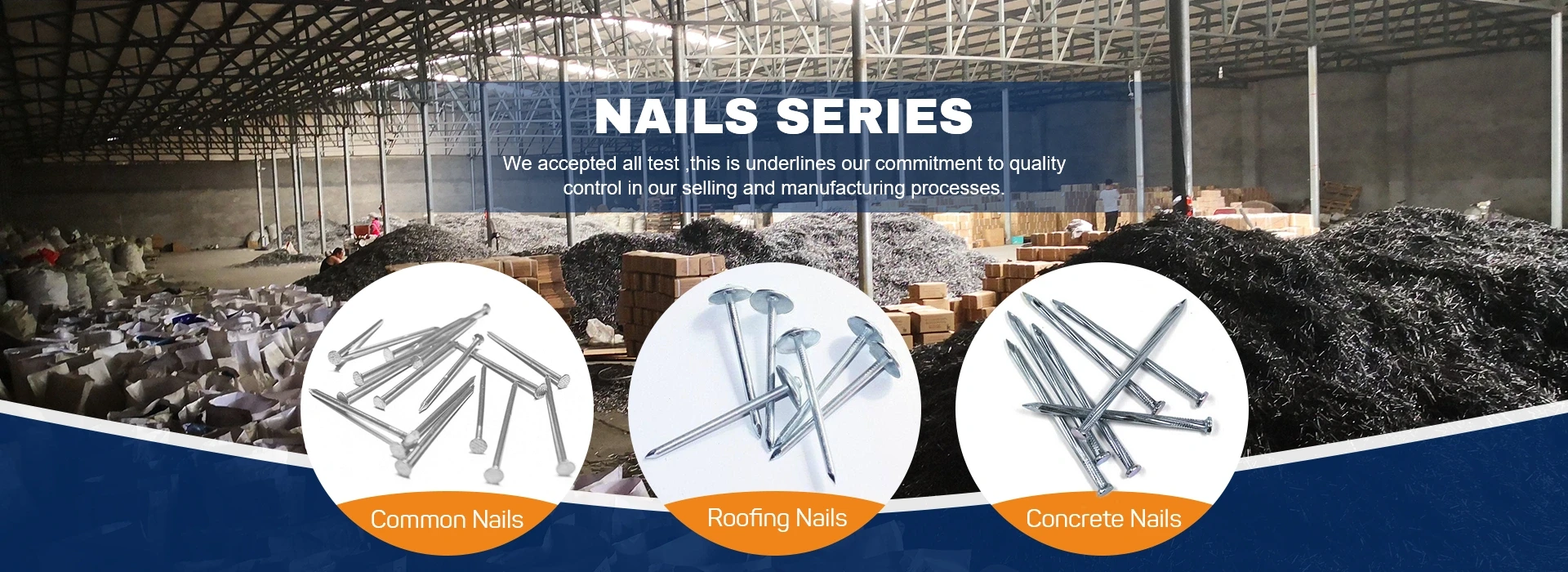Perforated Siding A Unique Solution for Modern Architecture
In the ever-evolving world of architecture and design, building materials play a pivotal role in shaping the visual and functional aspects of a structure. Among many innovative options available today, perforated siding has emerged as a popular choice, merging aesthetics with practicality. This article explores the characteristics, benefits, and applications of perforated siding, demonstrating why it deserves consideration in both residential and commercial projects.
What is Perforated Siding?
Perforated siding consists of panels that feature a series of holes or openings, allowing for light, air, and even sound to pass through. Typically crafted from materials like metal, wood, or composite, these panels can be customized in various patterns, sizes, and shapes. The perforation not only enhances the visual appeal of the building but also contributes to its functionality, making it a versatile option for contemporary designs.
Aesthetic Appeal
One of the most compelling aspects of perforated siding is its ability to transform a simple facade into a work of art. The patterns created by the perforations can lead to stunning visual effects, especially when light filters through them. Depending on the design, the facade can cast intriguing shadows, creating dynamic displays that change with the time of day. This feature enables architects to express their creativity and produce unique, standout buildings.
Moreover, the versatility of perforated siding allows it to complement various architectural styles. Whether it’s a sleek modern home, an industrial building, or a traditional setting, perforated panels can be tailored to enhance the overall design, thus appealing to a wide range of tastes and preferences.
Functional Benefits
Beyond aesthetics, perforated siding provides numerous functional advantages. One significant benefit is ventilation. The openings in the siding enable natural airflow, reducing the need for mechanical ventilation systems, which can ultimately lower energy costs. This property is especially beneficial in hot climates where cooling is necessary.
perforated siding

Additionally, perforated siding can improve acoustic performance. By strategically placing perforations, architects can design buildings that absorb or deflect sound. This feature is particularly advantageous in urban environments where noise pollution is a concern, contributing to a more comfortable living or working space.
Durability and Maintenance
Another attractive feature of perforated siding is its durability. Most materials used in perforated panels are resistant to weather, UV radiation, and pests, ensuring longevity and reducing maintenance needs. This resilience makes perforated siding a smart investment for both new constructions and renovation projects. Furthermore, with advances in manufacturing, these panels can be treated to resist corrosion and other environmental impacts, further extending their lifespan.
Sustainability and Environmental Impact
In today’s environmentally conscious world, the sustainability of building materials is a crucial consideration. Perforated siding can contribute positively to sustainable building practices. Many manufacturers offer panels made from recycled materials or sustainable sources, aligning with green building standards. Additionally, the efficiency in energy use generated by natural ventilation supports eco-friendly initiatives, making perforated siding an ethically responsible choice.
Applications Across Various Sectors
Perforated siding is adaptable to a wide array of applications, spanning residential, commercial, and civic projects. In homes, it can enhance outdoor areas by creating privacy screens while still allowing light and airflow. In commercial settings, businesses have utilized perforated siding in office buildings and retail environments to create inviting facades that attract customers. Municipal structures, such as community centers or libraries, can also benefit from this innovative material, providing visual interest and functional properties that enhance their purpose.
Conclusion
In conclusion, perforated siding stands out as a remarkable material that marries form with function in modern architecture. Its aesthetic versatility, functional benefits, durability, and sustainability make it an appealing choice for various projects. As architects and designers continue to innovate, perforated siding is poised to play a significant role in shaping the future of building designs, offering creative solutions that meet the needs of today’s society. Whether for a residential gem or a commercial landmark, perforated siding is indeed a remarkable option worth considering.

















